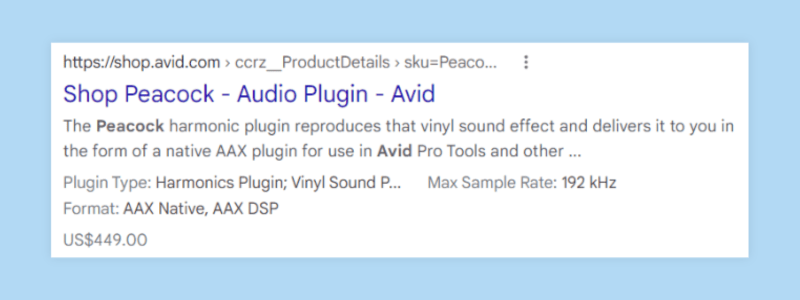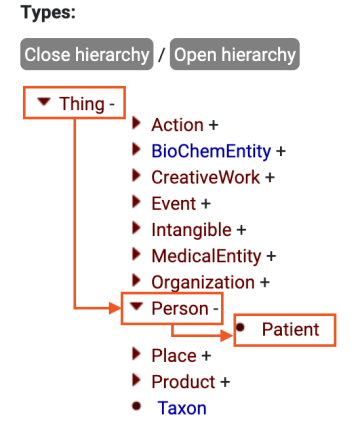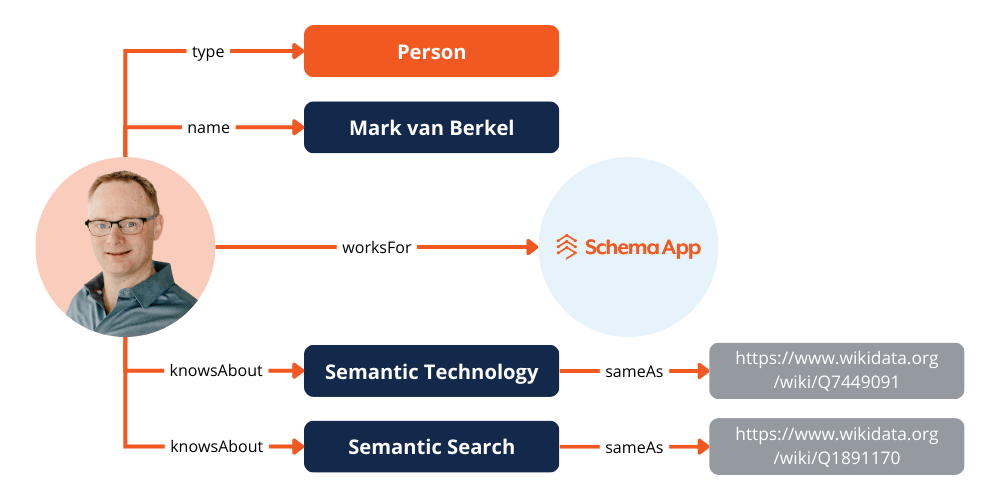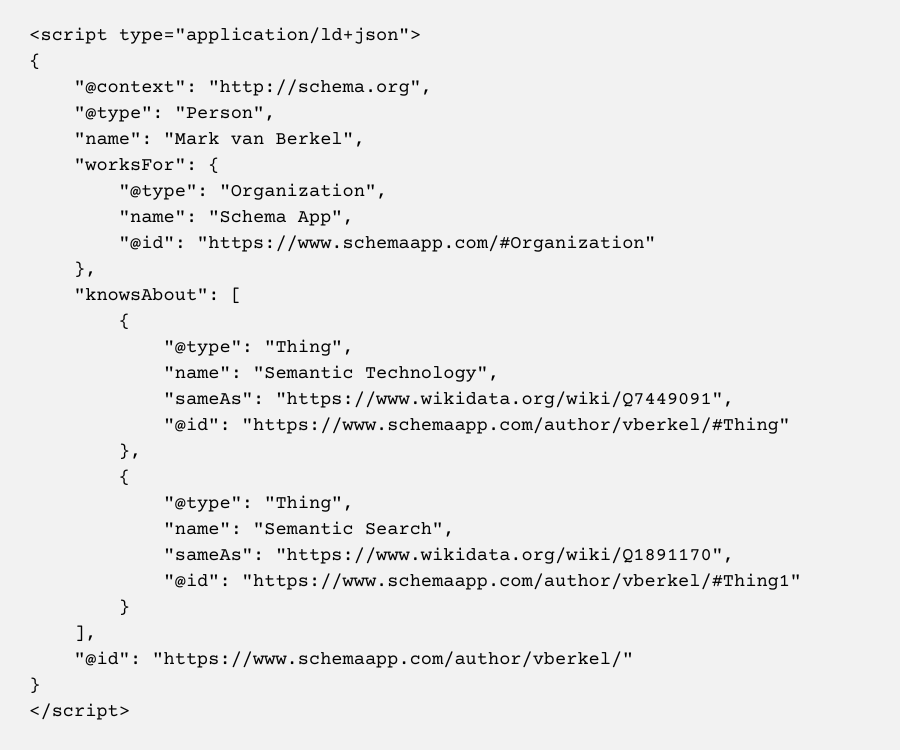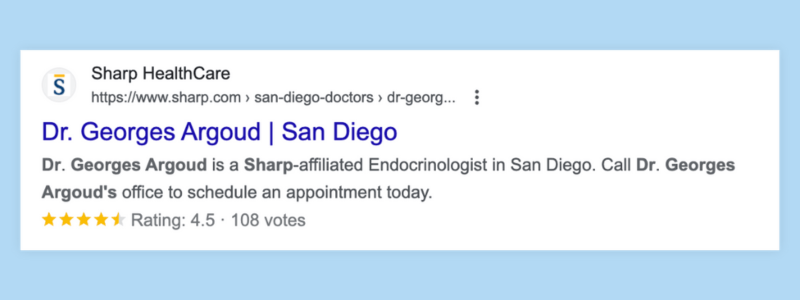What is Schema.org?
Schema.org is an initiative that emerged in 2011 as a collaborative effort among tech giants Google, Bing, Yahoo, and Yandex to enhance the web experience.
At its core, Schema.org bridges the gap between human language and machine understanding through the creation of a standardized vocabulary, aptly named the Schema.org vocabulary.
The Schema.org vocabulary offers a framework for web publishers to organize and structure data and content on a webpage, effectively translating human language into a structured, machine-readable format.
Supported by all major search engines, the Schema.org vocabulary helps search engines to better understand and contextualize web content.
How Does Schema.org Relate to Schema Markup?
The Schema.org vocabulary can be expressed using different formats, including JSON-LD, Microdata, and RDFa. According to Google, JSON-LD is the recommended format due to its ease of implementation, scalability, and lower likelihood of user errors.
When websites express their content in these formats using the Schema.org vocabulary, it transforms into ‘Schema Markup‘ (aka Structured Data markup).
Schema Markup can be applied to websites to describe their content in a way that search engine algorithms understand. This, in turn, improves the comprehension of your content’s topics and intents, allowing it to be more accurately matched to user queries on search engine results pages (SERPs).
Utilizing Schema Markup not only enhances search engine optimization (SEO) but also enables websites to present more informative content, particularly through SERP features like rich results and knowledge panels on Google search.
What are Schema.org Types and Properties?
Today, Schema.org consists of over 800 Types and nearly 1500 properties. It currently includes specific extensions for automotive, bibliographic, health, and life sciences.
Schema.org consistently introduces new types and properties to stay updated with evolving digital landscapes and user needs. This ongoing expansion ensures that its framework remains relevant and versatile.
When you go to Schema.org’s full Type hierarchy, you can see the list of all the Types, and explore their subtypes in a collapsible accordion format.
What is a Type?
A Schema.org Type categorizes entities as specific kinds of things. For example, the ‘Person’ type is used to represent individuals who are “alive, dead, undead, or fictional”, while the ‘Product’ type represents an entity that is available for purchase.
In the image of Schema.org’s full Type hierarchy below, we can see that ‘Thing’ is at the top since it’s the broadest category. Person is a subtype of Thing, and Patient is a subtype of Person.
Not only does a Type categorize an entity, it also defines which properties can be used to describe that entity, or link it to other entities.
You can click on a Type to see its definition and what properties are available to it. Here’s the page that represents the Person Type.
Each Type has the following pieces of information:
- Name. The name of the type.
- Where the Type fits into Schema.org’s hierarchy. In this case a Person is a subtype of ‘Thing’.
- A definition. This tells you what the Type should apply to. For example, Schema.org’s definition of Person states that it can be applied to ‘A person’ who is ‘alive, dead, undead, or fictional’.
- Properties. Each Type has a list of available properties to further describe it. In the image below we see that the Person Type is further described with properties like address, alumniOf, and birthDate.
- Expected Types for properties. Each property also has a Type (or Types) it can connect to. For example, a Person has an address property. This information can either be added as plain text, or it can be used to link to an entity typed as PostalAddress, which has its own page in Schema.org.
What is a property?
Schema.org properties are attributes or characteristics that provide additional details and contextual information about a given entity.
For instance, the ‘Person’ type can use properties like ‘name’, ‘date of birth’, and ‘address’. By using these properties, you are providing machines with specific information about an individual.
These properties describe not only the qualities of the entity, but also its relationships with other entities. They can also establish connections between other entities on a web page or authoritative knowledge bases such as Wikidata, further enhancing the interconnectedness of information.
In the Schema.org vocabulary, all Types start with a capital letter (ex: LocalBusiness) while all properties start with a lowercase (ex: areaServed). This will help you distinguish between Types and properties in the vocabulary.
Describing Entities Using Types and Properties
Let’s say we have author pages on our website and we want to make it easier for search engines to understand who a person is, and what their areas of expertise are. For example, according to Mark van Berkel’s author page, he is an expert in “Semantic Technology” and “Semantic Search Marketing”.
As humans, we can read this block of text and understand that Mark knows about these topics and that he works for Schema App.
A search engine, on the other hand, might have a harder time understanding this through the block of text. But, if we describe Mark as an entity using the Schema.org vocabulary, this block of text can be expressed as a graph of Things with specific connections. Here’s a simplified visualization of what that graph would look like:
We can use the Schema.org vocabulary to make a series of statements that describe Mark.
For example,
- This entity is a Person.
- This Person is named Mark van Berkel.
- This Person works for Schema App.
- This Person knows about Semantic Technology and Semantic Search.
Making the Schema.org Vocabulary Semantic
Neither Semantic Technology nor Semantic Search exist in the Schema.org vocabulary. So, in order to be more descriptive about these entities, we could Type them as generic Things, then use the sameAs property to link them to entities in Wikidata. This allows us to say:
- Mark van Berkel knows about a Thing called “Semantic Technology”.
- This Thing is the same as the Semantic Technology entity defined on Wikidata.
If we want search engines to have access to this information, we have to express our Schema.org statements in a machine-readable format like JSON-LD. It might look something like this:
Once we’ve done this work of “translating” our human-readable content into JSON-LD using Schema.org’s vocabulary, we’ll add it to the HTML of the relevant Author webpage. Now, when a search engine (like Google) crawls that page, it will understand who and what this “Mark” thing is, and how he’s related to other things.
In summary, Types (which represent entities) and properties (used to indicate attributes and relationships) are the building blocks that describe entities on a web page and how they relate to each other in a clear, interconnected, machine-readable format.
Using Schema Markup to describe and relate the entities in your website’s content, not only improves search engine comprehension but also provides users with more relevant and contextually layered information in their search experience.
Why is Schema Markup Important for SEO?
Schema.org plays a vital role in enhancing your website’s SEO efforts by improving how search engines interpret and display your content.
Here’s why adding Schema Markup to your web pages is important for SEO.
1. Helps Search Engines Understand Your Content & Improve Your Semantic SEO
Schema Markup is like a digital translator that communicates directly with search engines. By implementing Schema.org as Schema Markup on your website, you provide explicit information about your content. This enables search engines to grasp the context and meaning of your content more accurately and improve your semantic SEO.
2. Improves Search Result Accuracy
When search engines better understand your content, they can present search results that are more relevant to users’ queries. This means that your website has a higher chance of appearing in the right searches, increasing your visibility to better-quality traffic.
3. Supports Rich Result Eligibility on Google
Certain types of Schema Markup can make your web pages eligible for rich results on Google. Rich results are more visually appealing and informative, often featuring images, ratings, prices, and other additional details.
These visually enhanced search results can improve click through rates and increase qualified traffic to your page.
Facilitating Human-Machine Communication
As websites continue to leverage the power of Schema Markup, the online experience is likely to continue to evolve into a world of deeper machine understanding, enhanced search capabilities, and content that resonates more profoundly with users and search engines alike.
Looking to leverage the Schema.org vocabulary through the power of Schema Markup? Get started today to learn about our solution.

